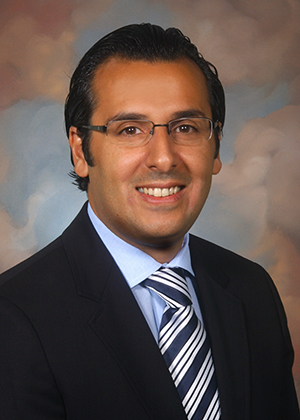
Author: Nassir Marrouche
In a recent study, University of Utah Health researchers found severe left atrial fibrosis was associated with an increased risk for major adverse cardiovascular and cerebrovascular events, including stroke, heart attack, heart failure, and cardiovascular death.
Scar tissue, or atrial fibrosis, can develop in the chambers of the heart that may lead to abnormal heart rhythms and strokes. Abnormal heart rhythm (atrial fibrillation) increases the risk of major adverse cardiovascular and cerebrovascular events, and that the extent of scar tissue in one chamber, the left atria, can predict the ability to treat atrial fibrillation. Yet, the link between the extent of left atrial fibrosis and the risk of major adverse cardiovascular and cerebrovascular events remains unclear.
The Comprehensive Arrhythmia Research and Management (CARMA) Center team at U of U Health conducted a study that examined the relationship between left atrial fibrosis and the risk of major adverse cardiovascular and cerebrovascular events in patients with atrial fibrillation.
In the study, researchers rated left atrial fibrosis severity in 1,228 patients between January 2007 and June 2015 using specialized magnetic resonance imaging (MRI) techniques developed at the University of Utah Health. The researchers then compared the severity of left atrial fibrosis to the occurrence of major adverse cardiovascular and cerebrovascular outcomes.

“The concept of MRI guided fibrosis detection was invented at CARMA nine years ago to help personalize treatment of arrhythmias like atrial fibrillation”, said Nassir Marrouche, PhD, professor in Internal Medicine and Executive Director of CARMA. “This study defines left atrial fibrosis as a novel risk factor that will help better and early define patients at high risk of strokes, hospitalization and arrhythmias.”
They found that patients with more advanced left atrial fibrosis were more likely to experience major adverse cardiovascular and cerebrovascular events, especially stroke. These results provide the first evidence that a close examination of heart tissue can help predict the risk of stroke.
Long-term studies are being designed to understand how left atrial fibrosis progresses in order to develop measurements that could detect it earlier, stop its progression, or even try to reverse it in order to alleviate related complications that may increase risk for major adverse cardiovascular and cerebrovascular events.
